1. The real answer: yes… but not like before
Laser hair removal is one of the most effective methods for permanently reducing hair. But it's not a "magic eraser" that makes 100% of hair disappear forever.
Major dermatology societies explain that most patients remain hair-free for several months, sometimes several years, but that some regrowth is possible over time. When it returns, it is generally finer, lighter, and much less dense.
That's why we talk about long-term hair reduction rather than "permanent hair removal." The goal of laser hair removal is to improve your daily comfort: less hair, less shaving, less waxing, and much smoother skin in the long run.
2. How the laser works on the hair (and on regrowth)
The laser targets melanin , the pigment that gives hair its color. Light energy is absorbed by the hair, transformed into heat, and then transmitted to the bulb to destroy or weaken it.
Problem: your hairs are not all at the same stage of life at the same time.
Each hair follows a three-phase cycle :
-
growth phase (anagen)
-
transition phase (catagen)
-
resting phase followed by shedding (telogen)
Laser hair removal is most effective on hairs in the growth phase , when the follicle is firmly attached and pigmented. Studies show that, depending on the area treated and the type of laser (diode, alexandrite, Nd:YAG), a complete treatment protocol typically results in a lasting reduction of 30% to over 80% of hair growth.
This is why a single session is never enough. Each appointment "captures" a new portion of the hairs that are entering the anagen phase.
3. Right after the session: false regrowth and real hair loss

Many people worry in the days following the first session: they feel like the hair is growing back… when in reality, it is falling out .
After the session, the hair remains in the skin even though its root has been burned. For one to three weeks, it may appear to grow or "lift," then it is naturally expelled through the skin. Several clinics and laser centers indicate that the majority of treated hairs fall out within 10 to 21 days following the session, which is perfectly normal.
During this period, we can see:
-
small black dots that seem to be coming out
-
hairs that slip between the fingers in the shower
-
an area that is gradually becoming more sparsely populated
This isn't true regrowth, but the shedding phase . It's actually a good sign: it shows that the laser has successfully reached the hair follicle.
4. Between sessions: why do I still see hairs?
Even after several sessions, it's normal to still see some hairs. This doesn't mean the treatment isn't working, but that all your hairs weren't treated at the right time.
Between sessions, new hairs enter the growth phase . These are the ones that the laser will target the next time. This is why dermatologists recommend several sessions spaced a few weeks apart (often 4–6 weeks for the face, 6–8 weeks for the body), over several months.
Over the course of the sessions:
-
the areas are becoming depleted
-
The remaining hairs become finer and lighter.
-
regrowth is slower
Clinical studies show that a complete protocol of 6 to 8 sessions can provide 70 to 90% long-term hair reduction in many patients, depending on the area, the technology used and hormonal factors.
5. In the long term: does the hair grow back several years later?
Even after a very good treatment protocol, it's possible for some hair to reappear after several years. This can be related to:
-
due to age and hormonal variations (pregnancy, menopause, hormonal disorders)
-
to certain medications
-
to the activation of follicles that were “dormant”
Dermatological sources remind us that many patients remain hair-free for months or even years, but that complete and permanent regrowth of all treated hair is rare. Often, a few isolated, finer hairs remain, which are easily managed with occasional maintenance sessions .
The key takeaway: laser hair removal offers true freedom in the long term , but a little maintenance from time to time is not unusual.
6. When is regrowth more frequent or more visible?

Not all hair reacts in the same way. Certain situations promote regrowth more:
Hormonal zones
The face, chin, neck, lower abdomen, and back in men are very sensitive to hormones. In these areas, it is more common to see some hair reappear over time, even after successful treatment.
Light, red, very fine or white hairs
The laser requires melanin. Very light blonde, red, or white hair responds less well, or not at all. In these cases, the result is often less spectacular, even with modern lasers adapted to different skin types.
Hormonal or genetic problems
Polycystic ovary syndrome (PCOS), hyperandrogenism, a family history of excessive hair growth… all of these can lead to the regular production of new hairs . Laser treatment will still reduce overall density, but touch-ups may be necessary.
Inappropriate settings or technology
Insufficient fluence, a poor-quality device, or incorrect settings for the skin type can reduce effectiveness. Conversely, well-equipped centers with professional lasers (diode, Nd:YAG, etc.) adjust the parameters at each session to optimize results and minimize side effects.
Paradoxical regrowth (rare)
In rare cases, some centers report “paradoxical regrowth”: the appearance of new, denser hairs in an area adjacent to the treated area, especially in people with very fine or downy hair and in hormone-dependent areas. This phenomenon remains uncommon, but it is described in dermatological literature and in some specialized laser centers.
7. How to limit regrowth after laser hair removal?
You cannot control your hormones, but you can optimize results by playing on several levers.
Choosing a good protocol from the start
A lasting result requires a sufficient number of sessions and adherence to a schedule . Reputable centers always clearly explain that a complete protocol is necessary, not three isolated sessions "when time allows."
At SSSKIN, laser hair removal treatments are custom-built according to your skin type, hair type and areas to be treated, with the latest generation diode lasers and parameters adjusted at each appointment.
Follow the instructions between sessions
Shaving is permitted, even recommended, but avoid waxing, electric epilators, or tweezers, as they remove the hair follicle that the laser is specifically designed to target. Proper hydration and rigorous sun protection also reduce the risk of blemishes and irritation.
Maintaining the result over the long term
Once your protocol is complete, a touch-up session from time to time (for example once a year or depending on the areas) helps to keep the skin smooth, especially on hormonal areas.
To understand how the technology used affects regrowth, you can also consult the page dedicated to diode laser hair removal technology , which details the operation of the devices used at SSSKIN.
8. Laser or electrolysis: what to do about hairs that grow back or don't go away?
Even with a high-performance laser, some hairs resist: white hairs, very light hairs, isolated hairs on the chin, scars, areolas, etc. For these particular cases, another technique can complement the laser: electrolysis .
Unlike lasers, which target the melanin in the hair, electrolysis sends a current directly into the follicle via a micro-needle to destroy it. It's more meticulous, treating each hair individually, but this method is recognized by health authorities (such as the FDA in the United States) as the only truly permanent hair removal technique.
At SSSKIN, electrolysis is offered for hairs that the laser cannot treat (very light/white hairs, specific areas) or to complement an already well-advanced laser protocol, via electrolysis technology .
9. FAQ – Hair Regrowth and Laser Hair Removal
Does hair grow back after laser hair removal?
Yes, some regrowth is possible, especially in hormonally affected areas. But after a proper treatment plan, hair growth is generally significantly reduced, with any remaining hairs being much finer and less noticeable. Occasional touch-ups will keep the area smooth in the long term.
After how many sessions will you see a real difference?
A reduction is often noticeable after 2-3 sessions, but the real transformation is usually seen after 6 to 8 sessions, spread over several months. Dermatological societies recommend a minimum of 4 to 6 sessions, sometimes more depending on the areas being treated and the individual's hormonal profile.
Will the regrowth be stronger if I stop the laser treatment?
No. The laser doesn't "awaken" the hair follicles. If you stop treatment midway through the protocol, the untreated hairs will simply continue their normal growth cycle. You'll still have fewer hairs than before, but the result will be less dramatic than if you had completed all the scheduled sessions.
Are the results the same in all clinics?
No, they depend heavily on the quality of the machine, the settings, the team's experience, and the follow-up. Centers that use the latest generation of medical lasers and truly personalize the settings generally achieve more stable and consistent results in the long term.

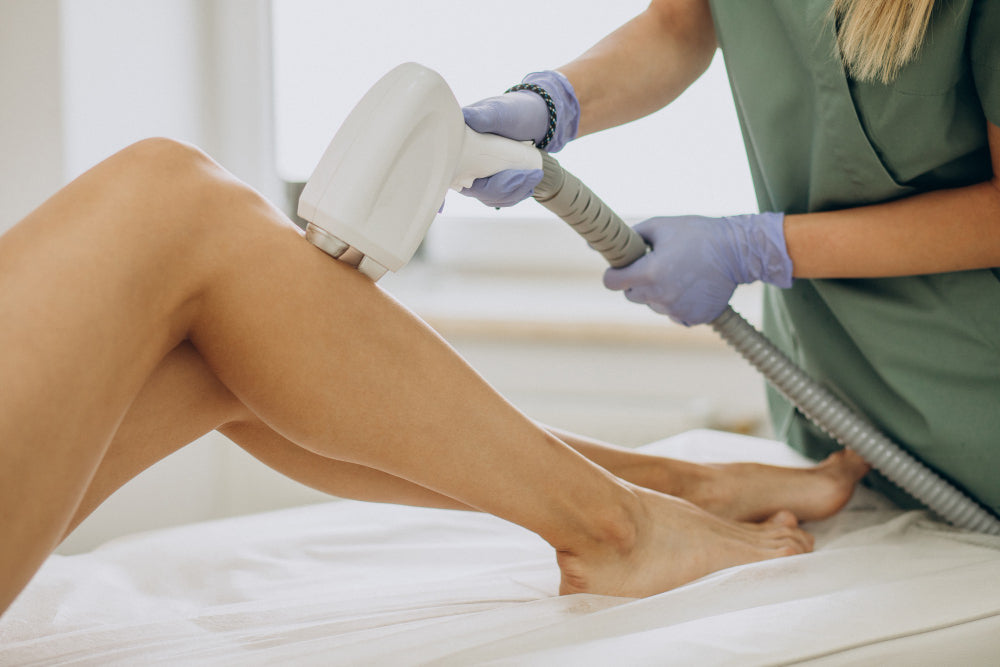




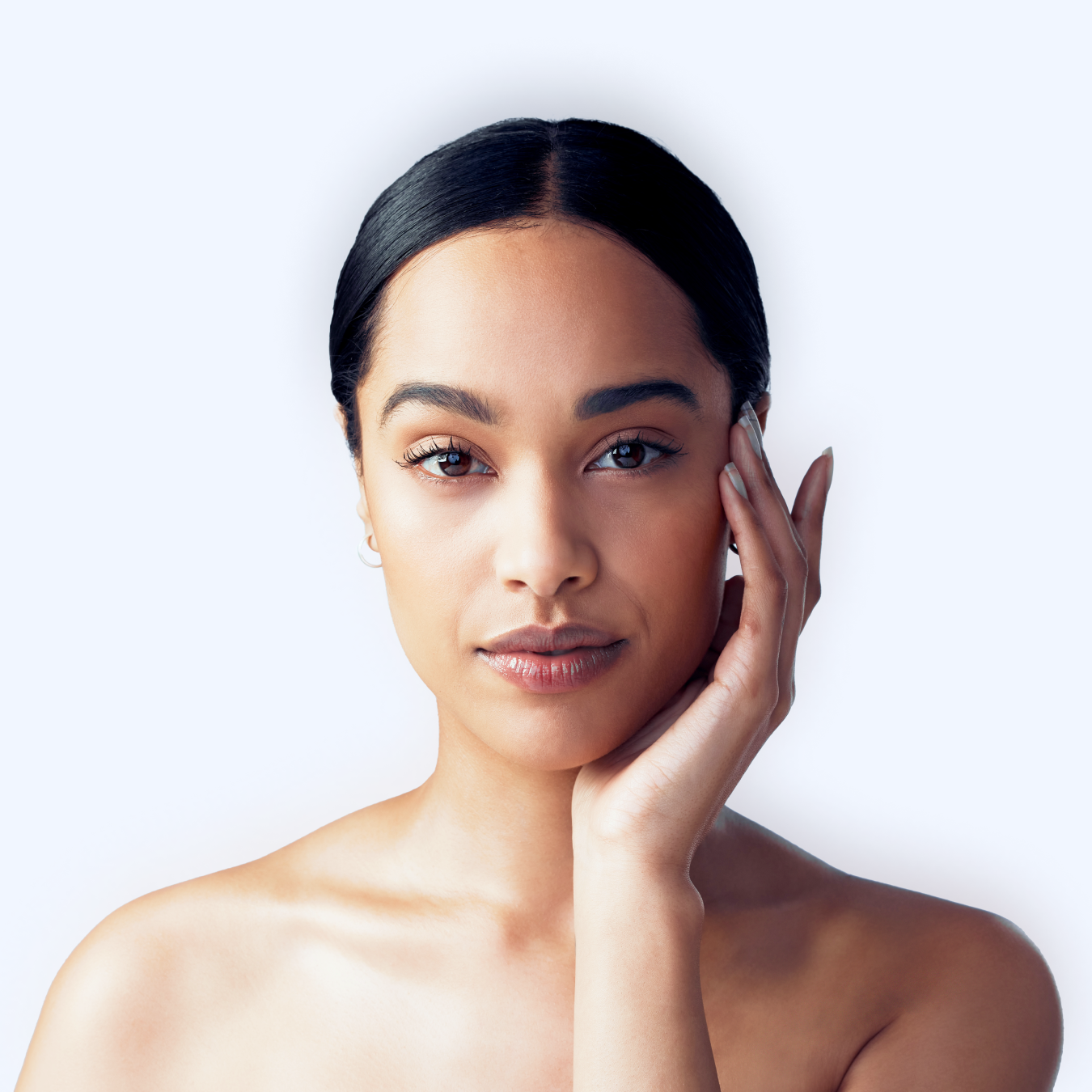



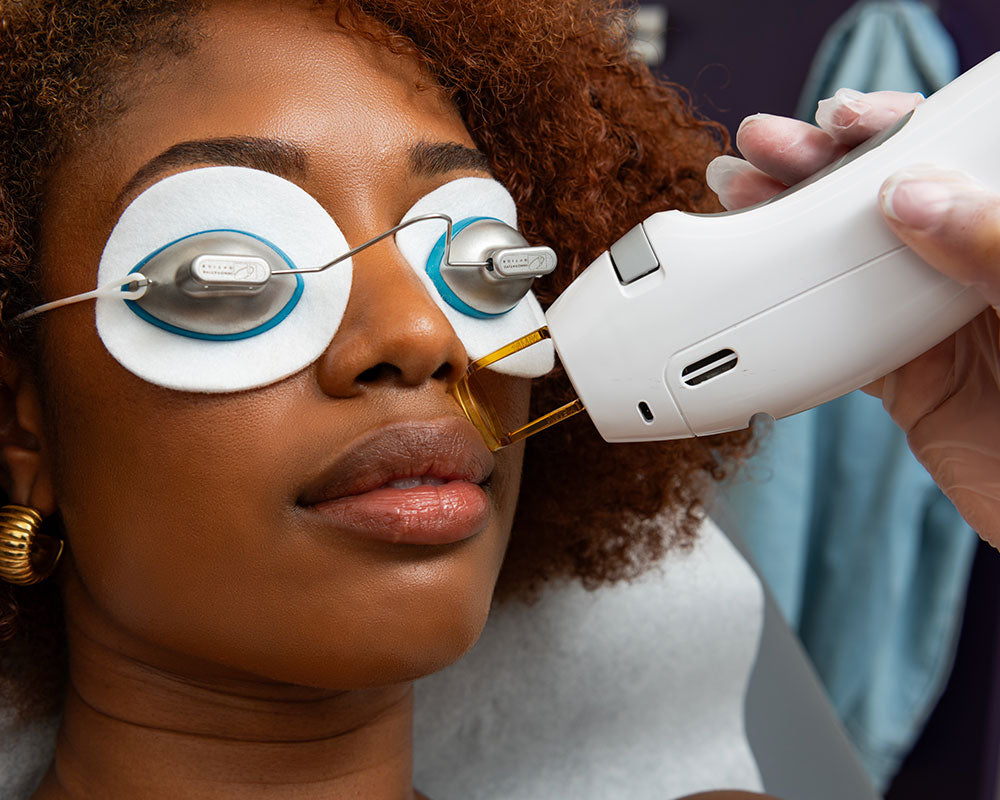
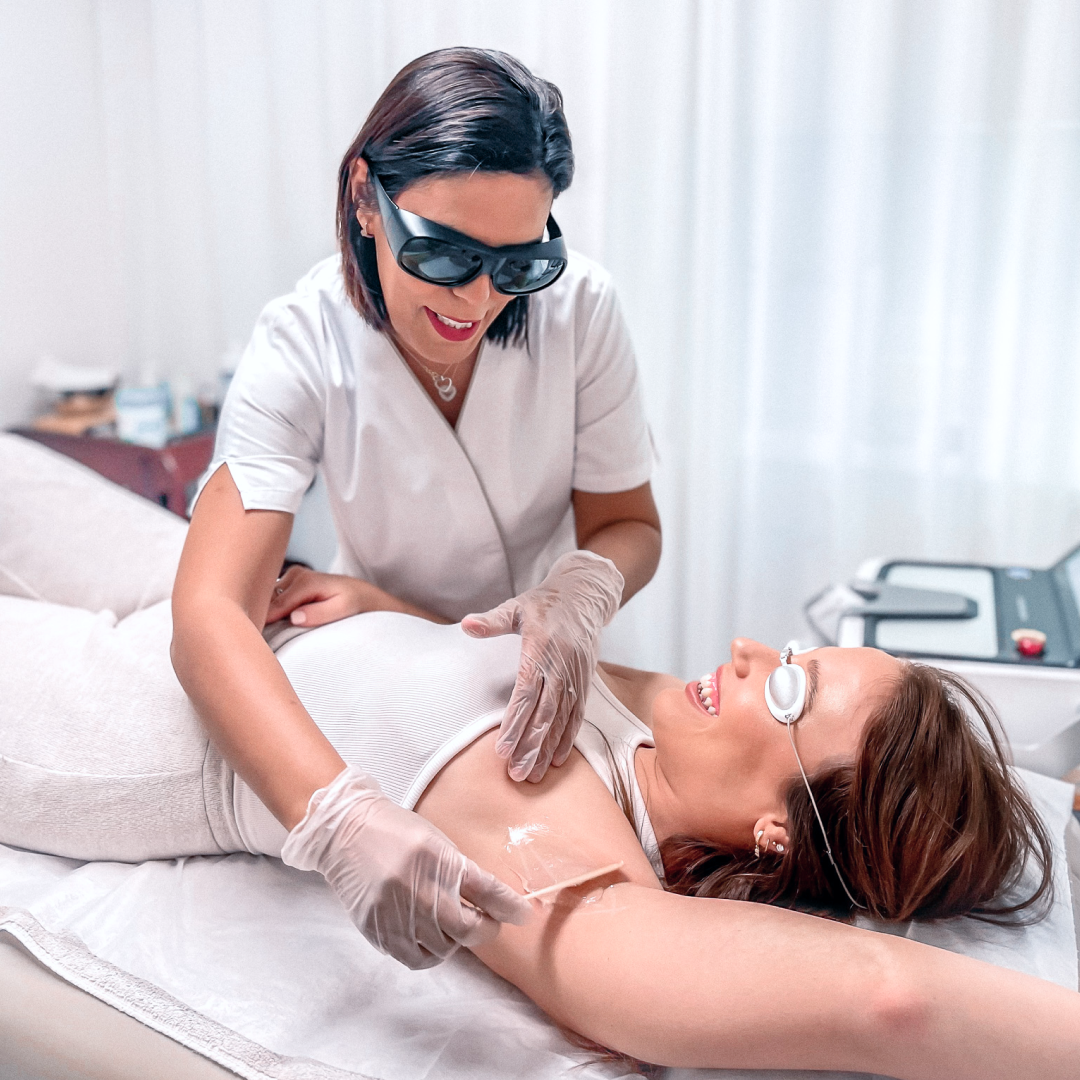
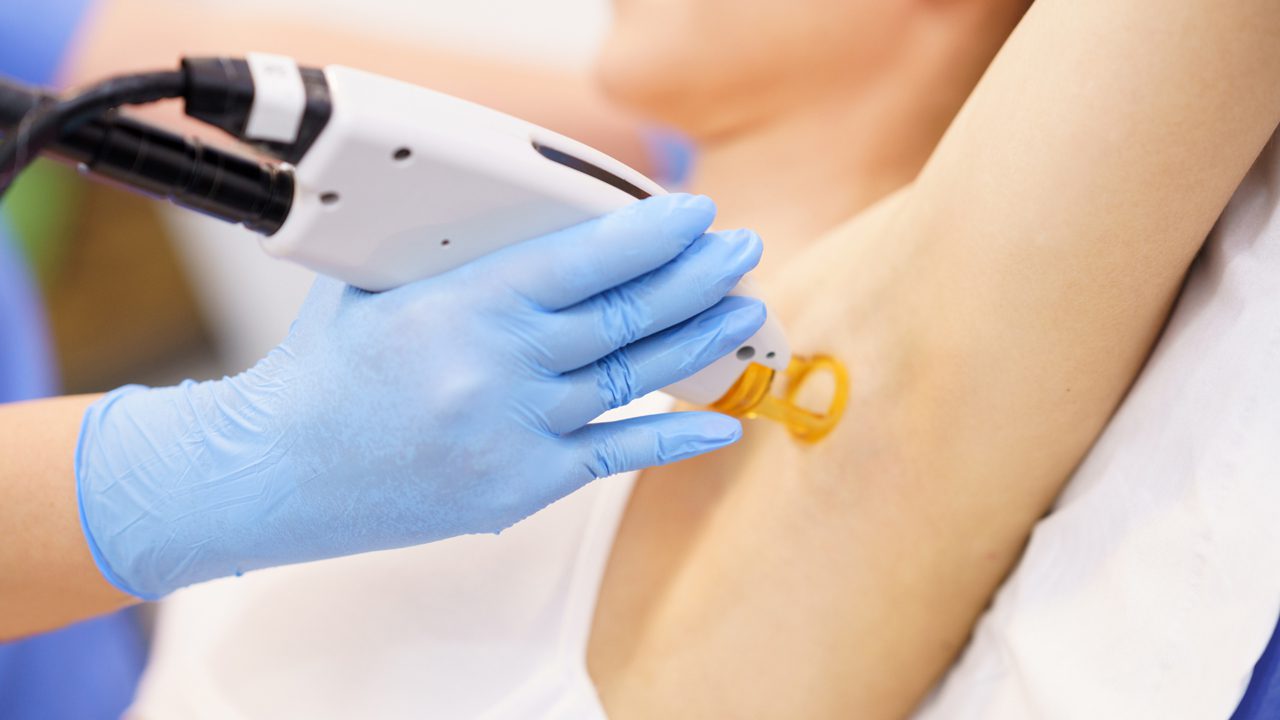
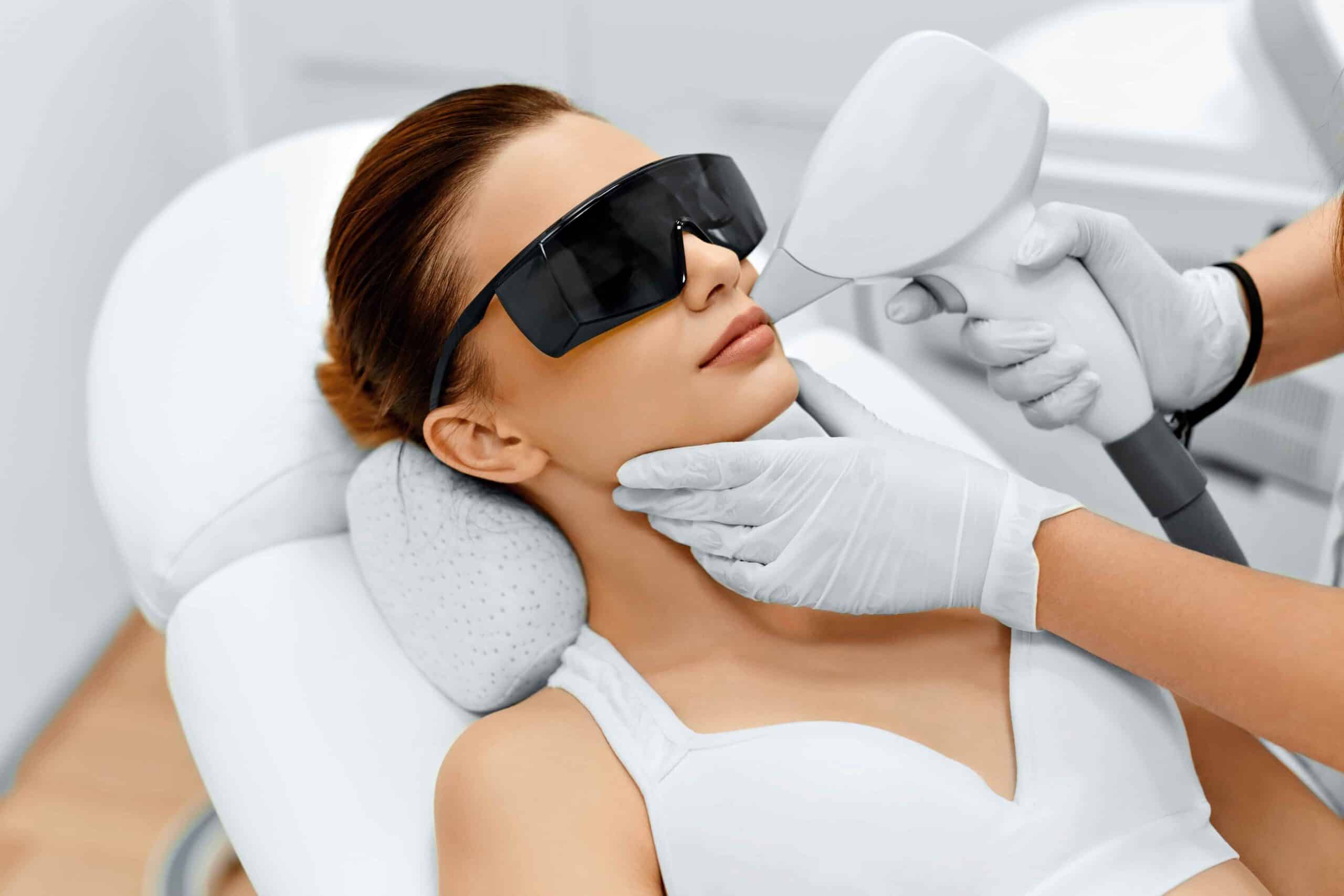
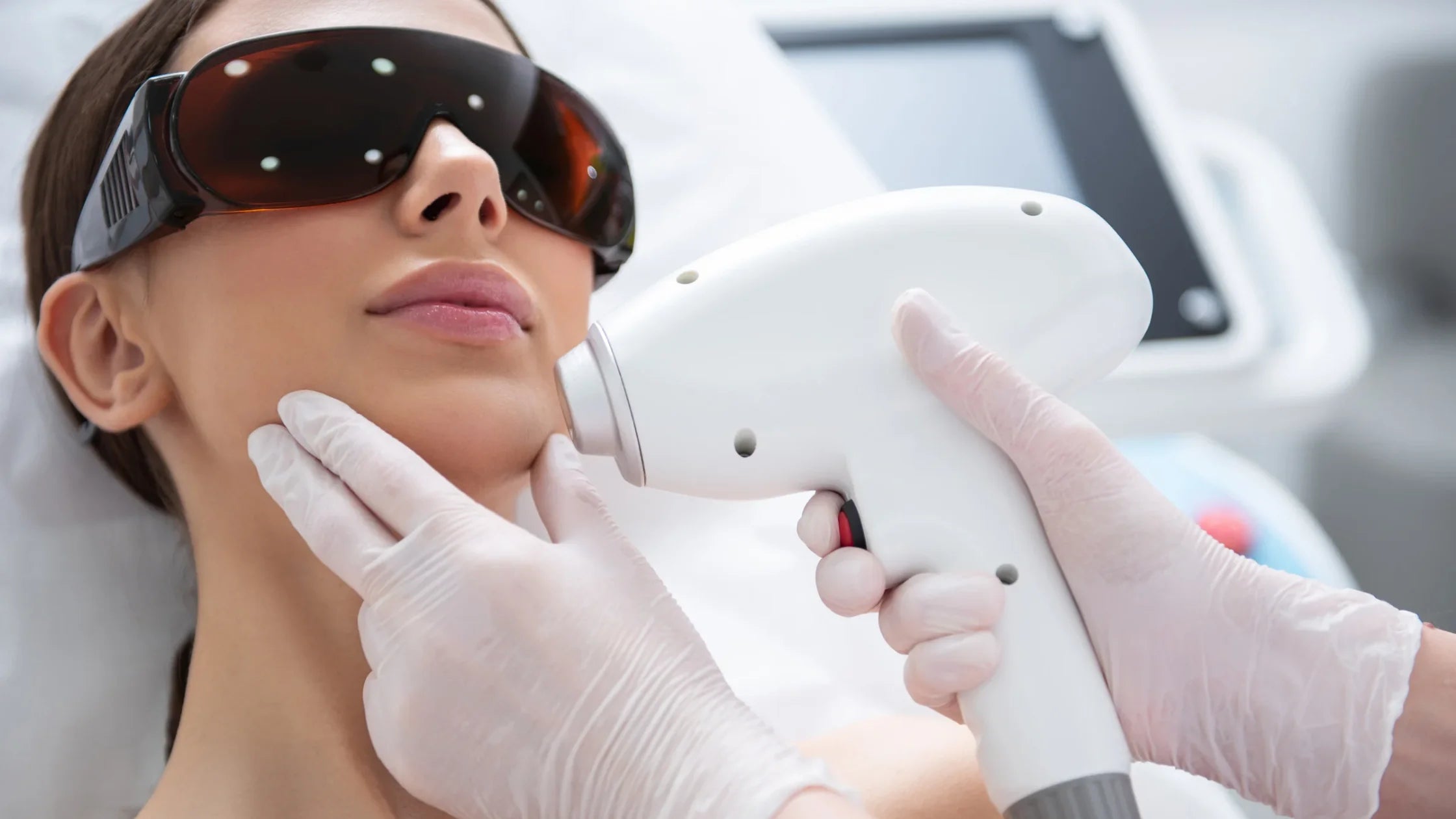



Share: